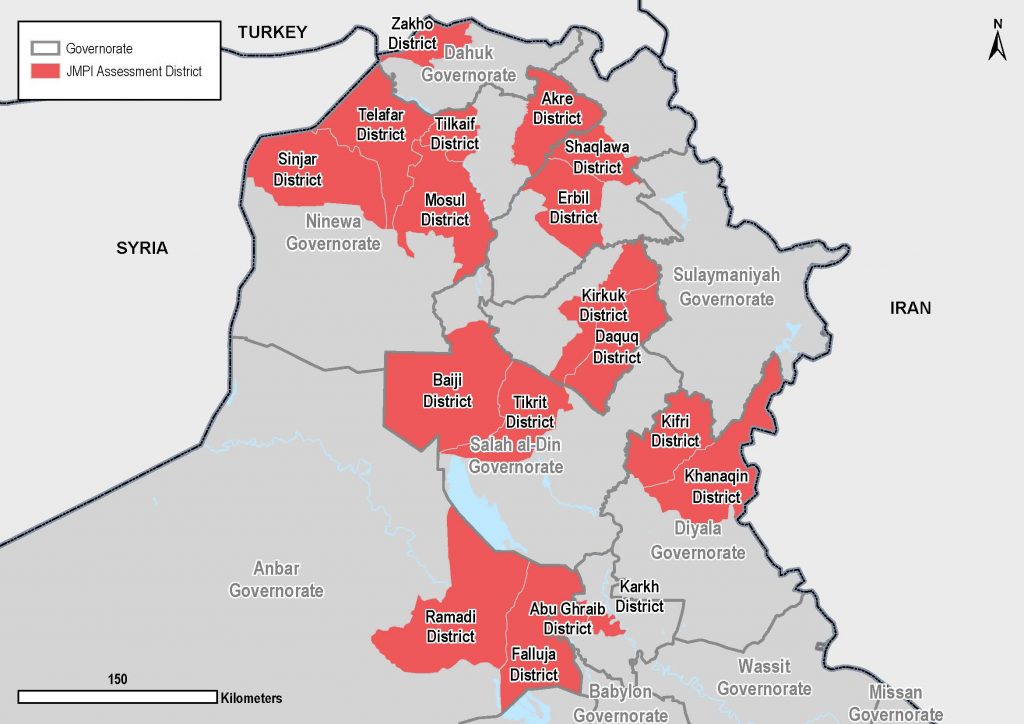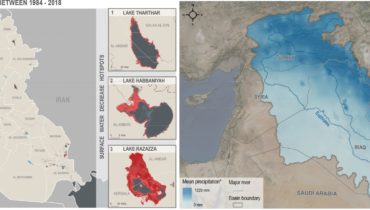Iraq: Launch of Price Monitoring Dashboard Enhances Analytical Capacity of Partners
24 October 2018
As the situation in Iraq develops, the importance of cash as a means of aid delivery remains central. Increasingly, humanitarian actors find themselves in need of accurate price data to better inform their programs and policies.
In September 2016, the Joint Price Monitoring Initiative (JPMI) was launched by the Cash Working Group (CWG) Iraq and REACH to provide regular price data across central and northern Iraq to inform better cash programming. For the project, price data is analyzed and presented at the district level.
After 17 months of data collection, the CWG and REACH with the support of USAID, have introduced a new online interactive JPMI dashboard to increase data usability and user engagement. Previously the findings of the JPMI were disseminated through a factsheet shared each month, but this did not allow for an easy comparison of data over time. Much of the narrative was static and users indicated that a snapshot of monthly price change rather than a substantial text document would be more consumable.
Based on the feedback from users and CWG partners, the REACH Iraq team have developed an interactive online dashboard to replace the monthly factsheet. The dashboard allows users to see overall trends, the findings for each assessed month and the findings for each assessed district over time, facilitating longitudinal data analysis that helps inform cash-based programming. Moreover, through the dashboard, users are able to access every dataset released since November 2016, meaning that all the data collected through the initiative is available in one place.
The CWG and REACH Iraq believe this is a more user-friendly way to display longitudinal price data. The dashboard is a unique resource for cash actors in Iraq that provides 17 months’ of longitudinal price data at the click of a button, which can help inform cash and market-based programming. Future developments will see the online dashboard integrate other cash-based assessment such as the JRAM and provide deeper insights on the determinants of monthly price change in each district.




















